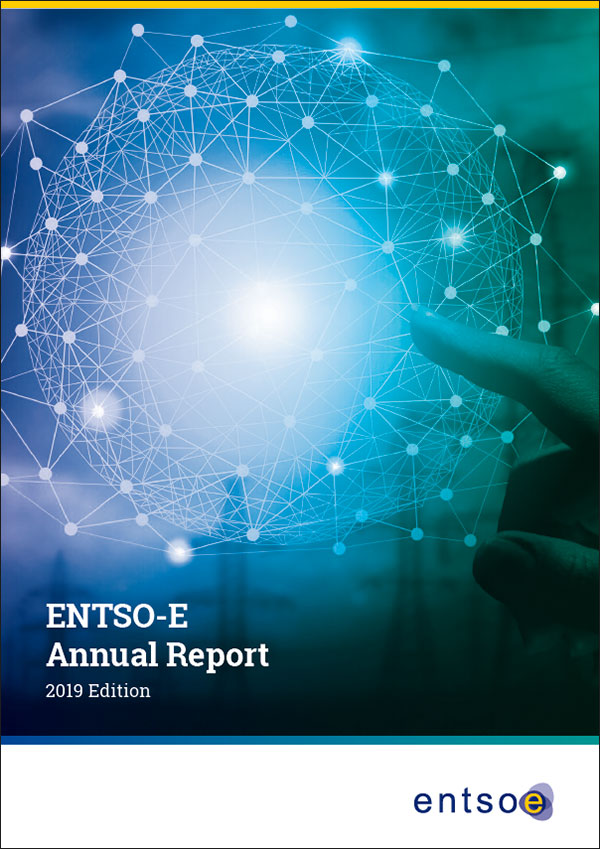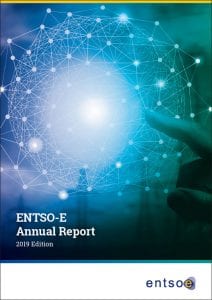Cybersecurity,
Interoperability and Data
Cybersecurity
Moreover, ENTSO-E performed cyber risk assessments on the main ENTSO-E legally mandated IT platforms: CGM, EAS, Transparency Platform and Outage Planning Coordination/Short Term Adequacy Assessment Process (OPC/STA). Regarding the latter, ENTSO-E performed external penetration testing and drafted the Security Plan.
Finally, ENTSO-E’s participation in the European Commission Smart Grid Task Force, EG 2 – Working group on Cybersecurity culminated with the publication of the final report in June 2019. The working group focused on the cyber security aspects of cross-border electricity flows, and on common minimum requirements, planning, monitoring, reporting and crisis management for the electricity subsector.
Data exchange standards:
Ensuring pan-European interoperability
tandards facilitate cross-border exchange and allow for the efficient and reliable identification of different objects and parties relating to the internal energy market and its operations. Standards also support the implementation of network codes in various ways, and several of ENTSO-E’s IT tools and data environment, such as the OPDE, rely on standards. In accordance with Art. 30.1.k of the Electricity Regulation (943/2019), ENTSO-E should contribute to the establishment of interoperability requirements and non-discriminatory and transparent procedures for accessing data.
ENTSO-E develops and maintains an Electronic Data Interchange library to enable interoperability between actors in the electrical industry in Europe. As part of this activity, 11 implementation guides, including profiles based on the Common Information Model (CIM), were developed or updated in support of several IT projects of ENTSO-E and TSOs, e.g. the Transparency Platform (including publication processes for capacity allocation configuration, outage, Transmission, data extraction, EB GL, Financial Settlement of KΔf, ACE and ramping period, SO GL and transparency reporting), European balancing platforms (aFRR, RR) and coordinated capacity calculation. In addition, a new release of the Common Grid Model Exchange Standard (CGMES 3.0) was developed to support the CGM building process required by the Network Codes and the TYNDP.
In 2019, ENTSO-E also published a new version of the Harmonised Electricity Market Role Model that includes the roles from the Network Codes.
Standardisation activities in 2019 also included continued collaboration with the standardisation organisation European Committee for Electrotechnical Standardisation (CENELEC) and the International Electrotechnical Commission (IEC), especially in relation to the implementation of network codes:
Committee Draft on balancing processes
(IEC 62325-451-7);
New Work Item on HVDC processes
(IEC 62325-451-8);
Committee Draft for CIM base
(IEC 61970-301 Ed7);
Committee Draft for Voting on CGMES
(IEC 61970-600-1&2).
Download
ENTSO-E Annual Report 2019
This Annual Report covers the period from January to December 2019. It focuses on the legal mandates given to ENTSO-E. Activities covered in this report have been performed thanks to the 42 members of ENTSO-E who provide its financial resources and whose staff provides expertise to the Association.
Chapters:
- System Operation
- Market
- System Development
- Transparency Regulation
- Research, Development and Innovation
- Cybersecurity, Interoperability and Data
- TSO–DSO partnership and demand side flexibility





